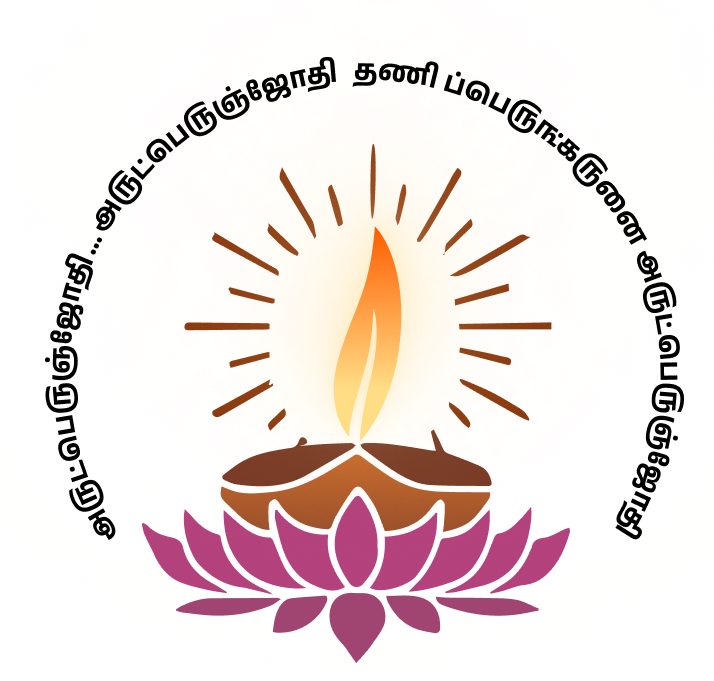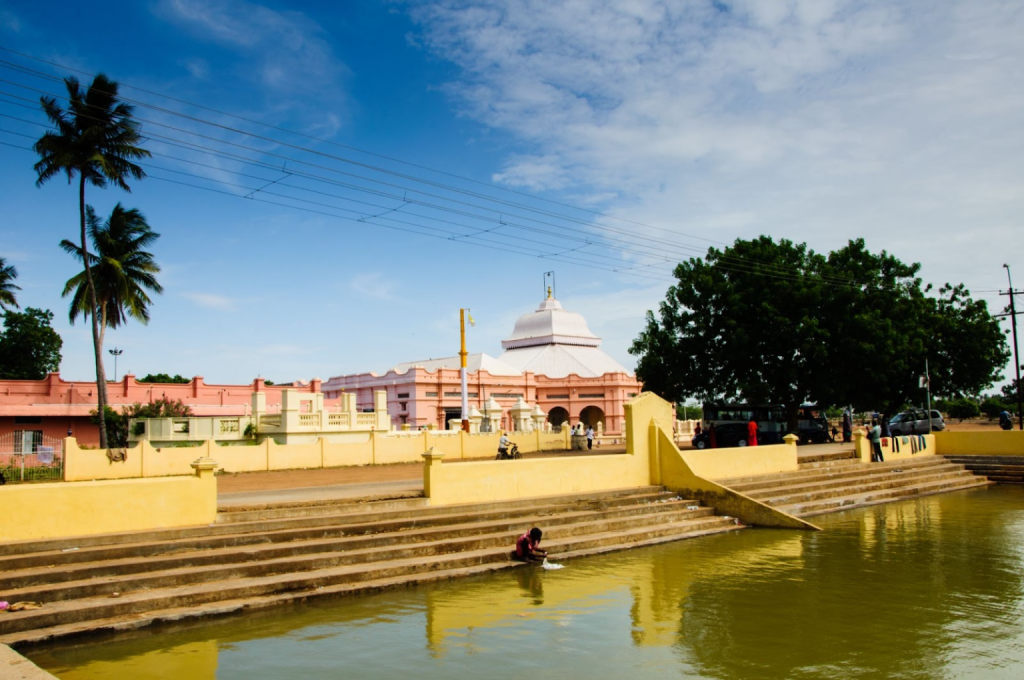

THE HALL OF WISDOM
God is the father of the whole humanity and other beings and He showers his Grace on all without making any differences and discriminations. Why should man discriminate between humans? Hence our swami declares that Sathya Gnana Sabha – The Hall of Wisdom at Vadalore will give more inspiration to those who sincerely advocates equality of men. In his view it is not only a social reform but also a social atmosphere conducive to healthy spiritual progress.
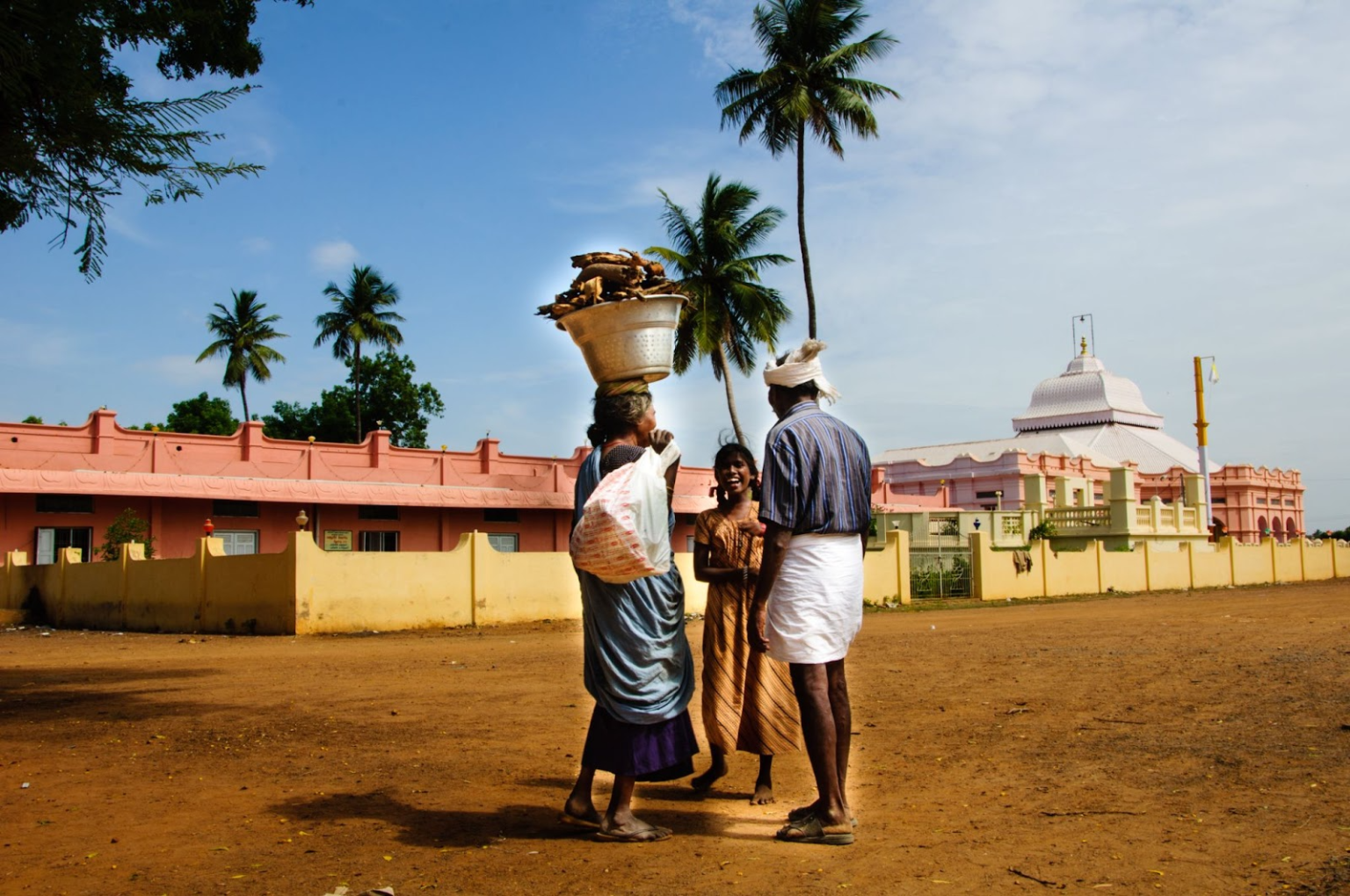
In the significant year 1872, our swami built a symbolic shrine of worship called “Sathya Gnana Sabha” in honor and respect of the supreme reality, ARUTPERUNJOTHI – The God of Vast Grace Light.
Swami’s vision of the Lord as Light, in the spot between eyebrows deepened step by step and at a certain stage, he saw his very own self (soul) as light which itself is an effulgent entity. He indicates the effulgent entity as the “Hall of Pure Wisdom”.
In due course he perceived the Effulgence Supreme ‘Arutperunjothi’ within his Soul. He wished sincerely that all the people in the world should get the experience of ‘Arutperunjothi’ which he got and live forever with immortality. By way of symbolizing His experience he made his disciples to build this specially designed Sathya Gnana Sabha.
The Sabha (hall) thus constructed by our Swami for universal worship has no idol as its deity. To Symbolize the Arutperunjothi – The God of Grace Light he installed a huge lamp in a raised platform at one end of the Sabha and put a large transparent glass-sheet about five feet in height in front of the lamp.
‘Arutperunjothi’ The Unique One Common Reality

The Sabha is lotus like building with an octagonal shape providing windows and doors through which one can see the light kept in an altar with five steps leading to the altar from all the four sides. Seven colourful curtains have been hung before the light and unless they are removed, one cannot perceive the light there. There is an outer wall and the entire thing has been fenced with iron chains in duplicate (herbal – alchemy).
Our swami provided seven curtains of different colours in front of the lamp so as to screen it at from the sight of the people. The seven curtains symbolizes as he himself explains the powers which screen the effulgence and powers of “the self and the Supreme reality” from the normal perception of the mind and keep it uncomprehended.
Moreover, the powers represented by the curtains are the real barriers in the mental perception and the self realization and in between the self realization and higher experiences of the Godhead. Arutperunjothi – the Godhead, with His Grace, removes in the case of those who worship him with ardent, heart-melting love and through compassionate service to their fellow beings these barriers one by one, revealing their own ‘selves’ as well as His Supreme Effulgence of Grace leading to Self realization and God realization
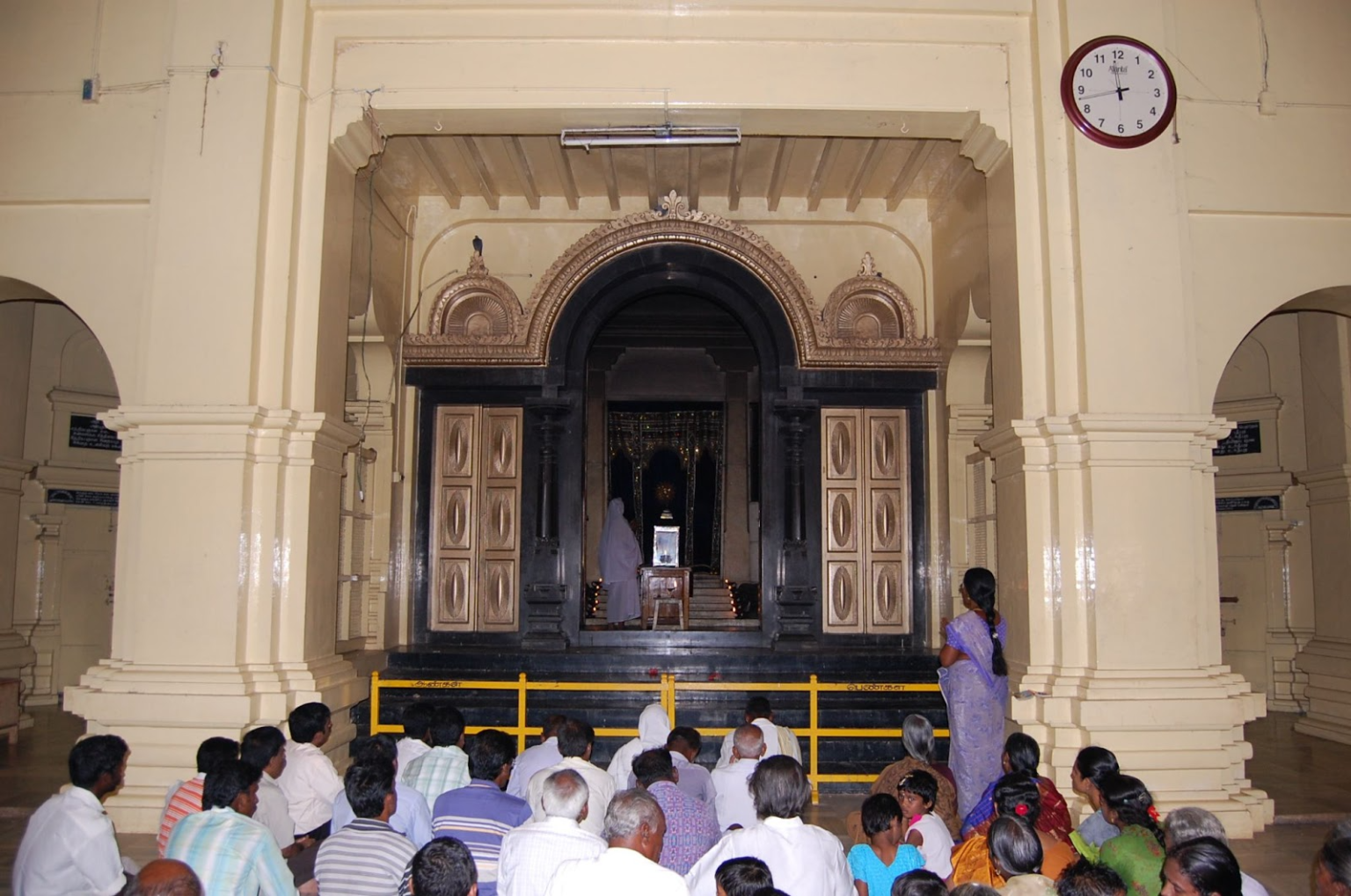
Symbolically of this, on poosam star day of every month six curtains in Sathya Gnana Sabha are removed one by one, revealing the Jothi (light) to the sight of the devotees. The significance of removing the curtains is that the people who see this should have for themselves the vision of Arutperunjothi – the Supreme Grace Light in the inner apartment of their very soul. The Sabha was constructed by our swami as a replica of what he experienced within.
The above symbolization can be explained in another way as below. Generally people are living a sensuous physical life in this world. In order to transcend to the higher life of Divinity, a person must pass on the gross, subtle and causal bodily stages and take shelter in the soul-abode. The above three stages are embodied in the symbolic Temple at Vadalore. The practical experience of this Temple is realisable only at the head level. The first stage of living gross body of eight spans is represented by the octagonal structure of the Temple surrounded by iron-chain fencing. The human body measures eight spans only and the duplicate of the chains in the outer fence contains 21,600 knots, representing the number of times he breathes per day through the holes of the nostrils in the ordinary course. The second subtle bodily state is denoted by the inner octagonal space covered with the walls containing twenty four openings of doors and windows. This indicates the 24 tatwas (body philosophy). The third stage of the causal bodily stage is sanctum sanctorum with the Divine Light put upon the central altar with five steps on each of the four sides depicting the penta forces of the Almighty. In between the second and third stage, there are seven curtains which act as a bar to perceive the inner light by ordinary man. But the appearance of curtains is only an illusion and not real. At the time of worship, one is to stand before the central spot of the main poor from where he can perceive the Divine Light in front of him and from there he can see the golden and silver apartments in either side of him. All these are to enlighten the inner Divinity to be experienced starting from the centre of the eye brows.
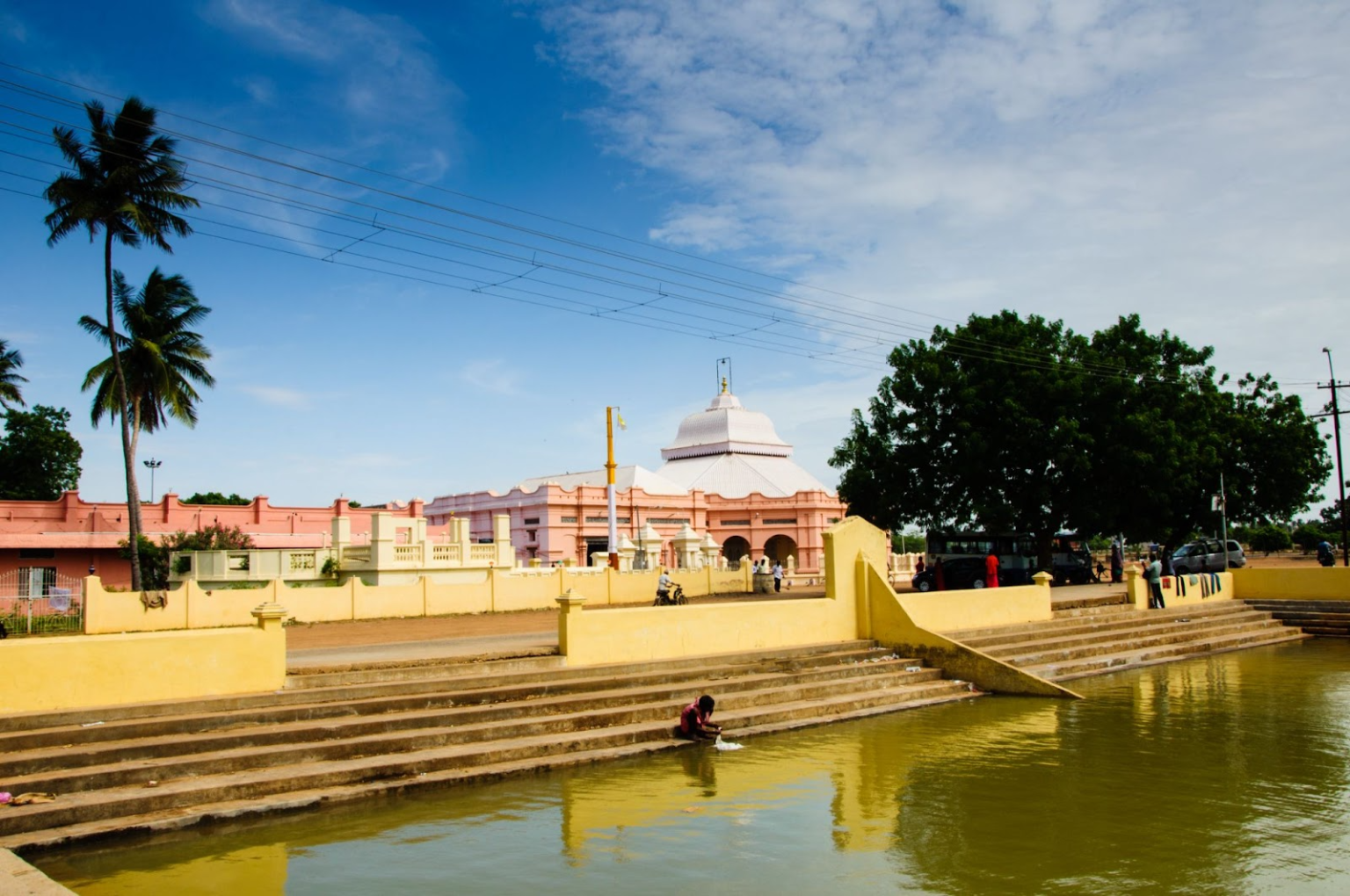
The Sabha which was built was dedicated to the public on 25.1.1872 with the star poosam representing the day. All the screens were removed one by one, revealing the grand sight to the devotees. Swami insisted on one’s ardent desire to have this vision of light within one’s own soul through personal experience. His ulterior motive is that the outer structure is there only to enable them to get at the truth and make them to lead a Blessed life.
On poosam star day of every month the Jothi dharshan is shown between 7:45PM to 8:30PM in Sathya Gnana Sabha at Vadalore by removing six veiling screens. On poosam star day of ‘thai month’ in tamil calender (January or February approximately) a big festival is celebrated every year and Jothi dharshan is shown to the devotees for six times by removing all the seven veiling screens.
Daily pooja and aarthi time – Morning 11:00 AM to 12:00 PM and Evening 6:00 PM to 7:00 PM
